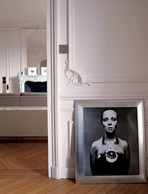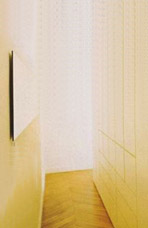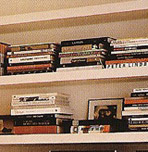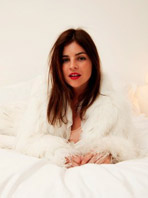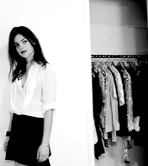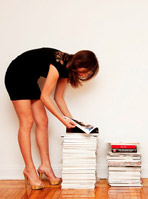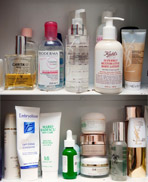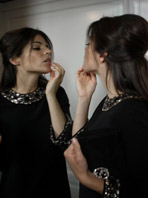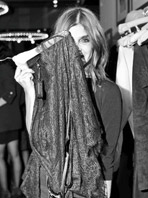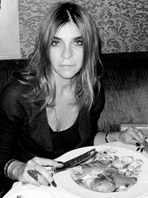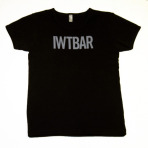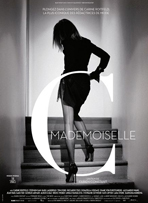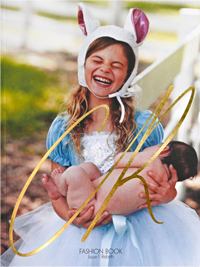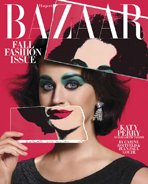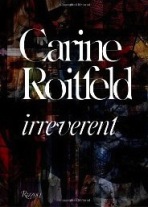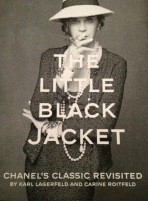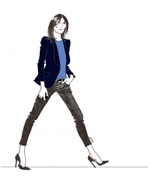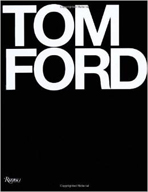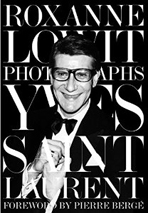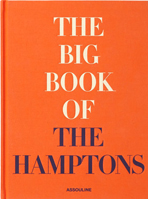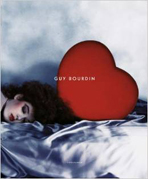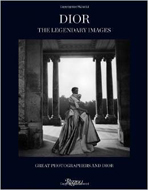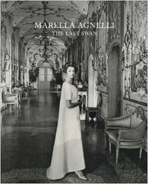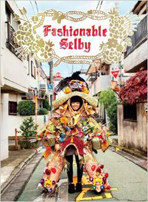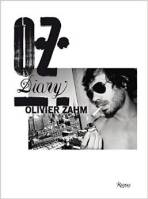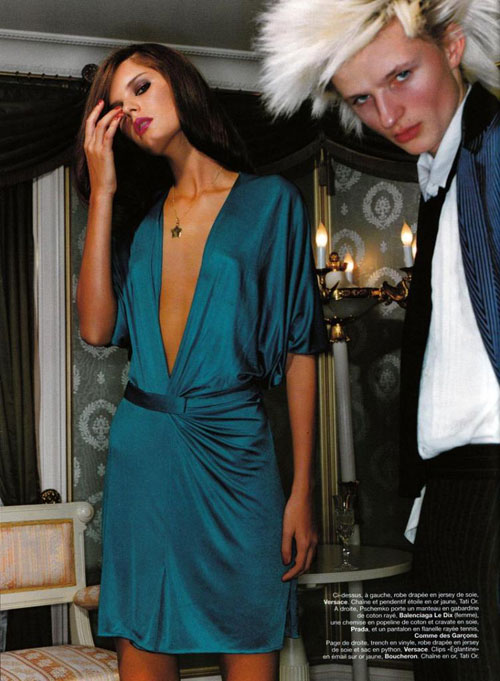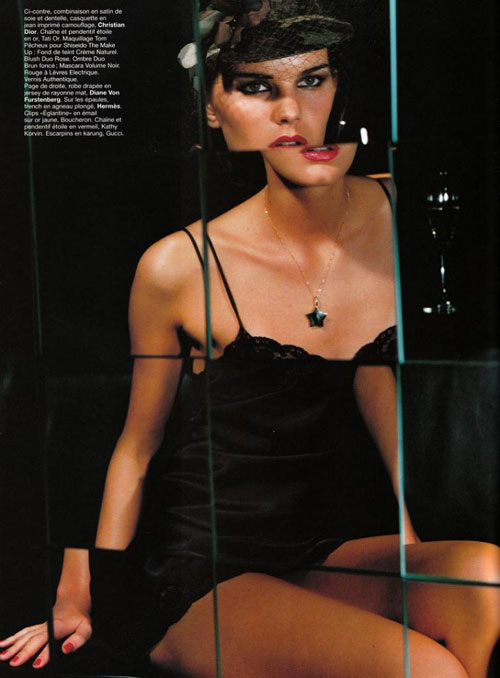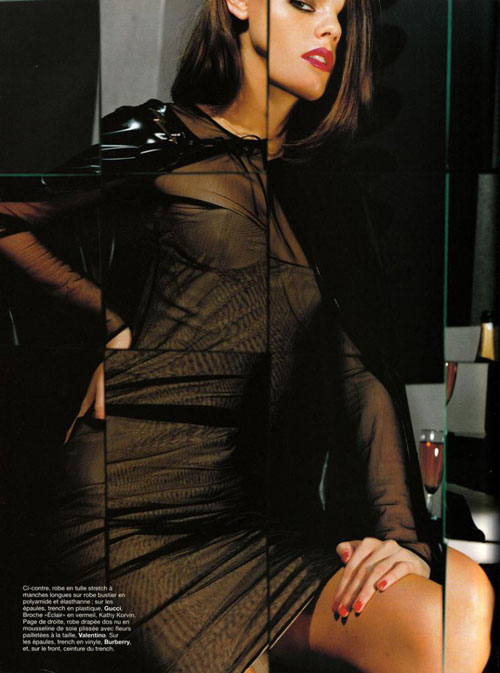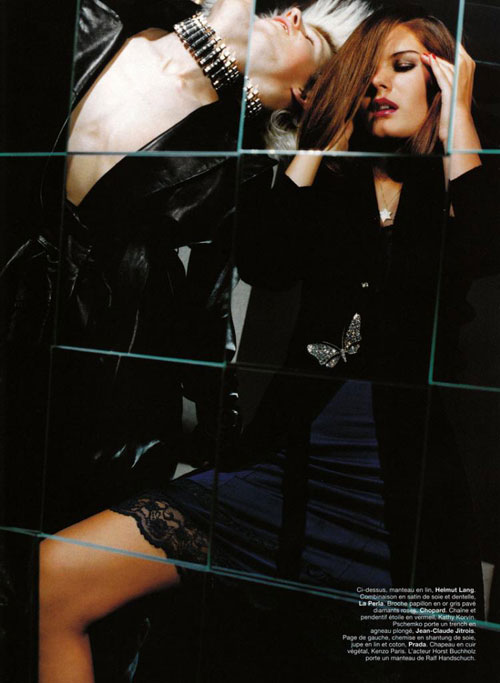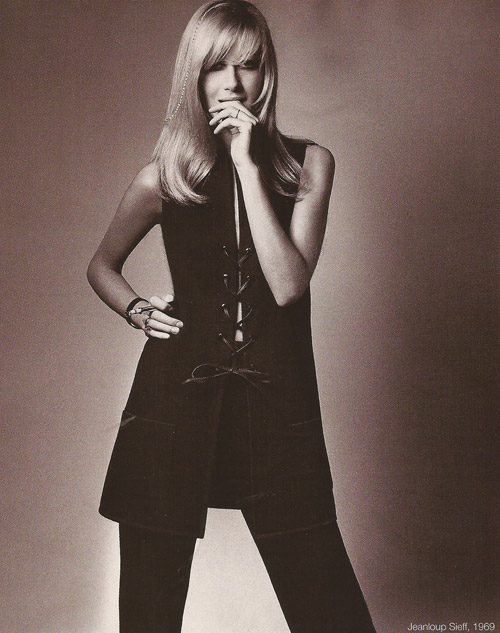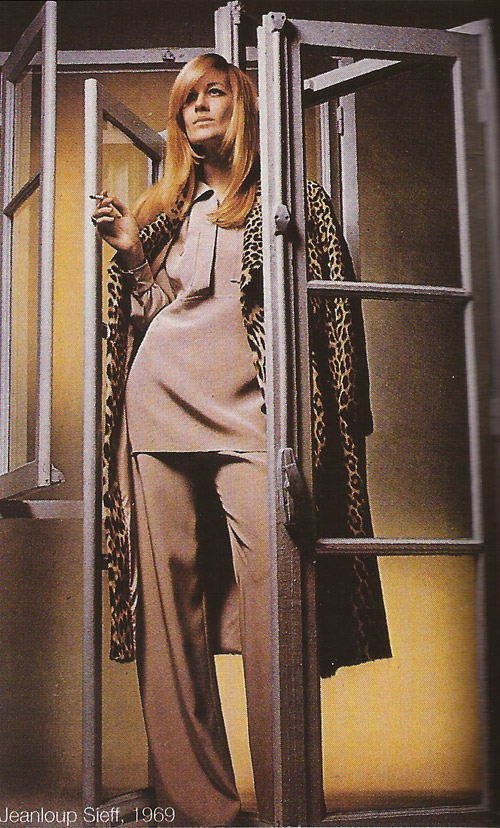Vogue Paris April 2001: Berlin
 mercredi 24 avril 2013
mercredi 24 avril 2013 Vogue Paris April 2001: Berlin
By Dara Block
It's always exciting to look back at Carine Roitfeld's early years at Vogue Paris and since it is April 2013, I thought it would be appropriate to reminisce back on the April 2001 issue entitled "Tentation Rebelle," particularly the brilliant editorial entitled "Berlin." The layout was photographed by Mario Testino and was styled by Carine Roitfeld. These two always work so well together and this editorial clearly illustrates that. I think the opening image of model Marcelle Bittar in that shiny black leather Balenciaga trench coat just says it all... it's so sexy-chic, what Carine Roitfeld does best! I also love that she chose Berlin, Germany, as the backdrop. Berlin is certainly a city that is young, modern, vivacious, and even a little punk. All those qualities are definitely depicted here. So, with all that said, let's take a closer look at some of the images from this cutting-edge editorial.
I so appreciate that this layout features both men and women. We get to see both sexes looking edgy and seductive in that Vogue Paris way we all know and love. I think this photo is a perfect example of that. Model Marcelle Bittar totally oozes sex appeal in her beautifully draped Versace dress. This was one of Donatella Versace's best seasons for the label and I love the way Marcelle Bittar looks in that dress. Yes, it is a bit revealing, but the dress certainly covers up in all the right areas. I can't help but also notice that alluring look she is giving to the camera. She appears innocent but you know that she probably has some secret wild side. I also appreciate that added punk element of that young man standing next to her in his suit... I think his hair says it all. I like how this photo looks a bit 80s, but also very contemporary. Carine Roitfeld did an excellent job at blending a retro punk vibe with a sexy and modern sensibility.
In the next image, we see Marcelle Bittar once again looking very vulnerable and sensual in a risqué black lingerie dress with a Dior hat and veil. I love the way Mario Testino worked with mirrors in this photograph. I especially love the reflection of her double red lips. Her image is multiplied in a really interesting and provocative way.
Mirrors certainly add a mysterious-chic quality and I love that Mario Testino included a couple more similar shots. This mirror image in particular was my favorite. I think Carine Roitfeld did an excellent job at styling this look. I know critics hated this Tom Ford for Gucci Spring 2001 collection, but I thought it was one of his best. Carine Roitfeld definitely added a total punk rock aesthetic and a little goth glam with this Gucci black mesh dress, making it look so standout. I also like how Marcelle Bittar even looks a bit like Carine Roitfeld in this pic... the hair and the expression on her face is so CR. I assume she used herself as inspiration.
Yet again, we see another mirror photo image and this time Marcelle Bittar's blonde punk rock boy-toy joins in on the fun. I love the expression of these two together and the way they blend together through that mirror and their black ensembles. Also, their accessories play such a key role in this pic... I love his bullet necklace and her Chopard butterfly brooch. It is such a clever blend of punk rock chic and high glamour. Only Carine Roitfeld could style this look together so effortlessly.
These two also appear again but this time in different looks... and in a hotel room. Marcelle Bittar looks ultra glam in her red transparent coat and glass of champagne. Plus, love the matching red nails. She looks as though she has something naughty on her mind... not sure if her punk rock boy-toy has the same intention!
What I find so interesting about this editorial is that Mario Testino not only photographs models but he manages to capture the beauty and charm of Berlin. We get to see the city at night with all the colors and the gorgeous architecture. Berlin, itself, plays an important role in this layout.
I also appreciate how Mario Testino and Carine Roitfeld styled and photographed their models with real life citizens from Berlin. All the people featured in this editorial are artists, students, musicians, of some sort living in this creative city. I love the range of people and how they all somehow blend together. Whether in sporty-chic Adidas or a sexy leather coat... Berlin is certainly a unique city full of personal style... these two pics show all that!
The editorial ends on a high note, with two amazing leather coats. First, we see a male model walking in what seems like a German mall in a black leather trench coat. The cut of this jacket is quite impeccable. It's sleek, sophisticated, and such a perfect look for wandering around a darkly-glam city, like Berlin. We also see Marcelle Bittar again, roaming around in that same mall, still with her glass of champagne, also dressed in a beautiful leather coat. I so appreciate the way in which Carine Roitfeld shows the reader how to work a coat... I love that she displays this look not just for women, but for men, too. It's clear that a form-fitting coat is a must have for both sexes.
As we can see, Carine Roitfeld's "Berlin" is not so much about the clothes but more about personal style. Perhaps it's all about having a punk rock attitude and not caring what other people think... especially when it comes to putting a look together. I like that this editorial does not scream fashion, but rather individuality. Berlin definitely seems to be such a forward thinking city in terms of architecture, fashion, and overall style. I love the way Mario Testino and Carine Roitfeld captured all that so intelligently. Yet another amazing collaboration from this dynamic duo... always inspiring to watch these two work their magic!
More from Vogue Paris April 2001
Vogue Paris April 2001: Bande A Part
By Jessica Eritou
Vogue Paris April 2001: Tentation Rebelle
By Kellina de Boer
Vogue Paris April 2001 Translation: Initiales B.C.
By Kellina de Boer
connect with iwtbar bloglovin | facebook | pinterest | tumblr | twitter
Vogue Paris editorial images © 2001 Condé Nast. All Rights Reserved.
 kellina | |
kellina | |  5 Comments
5 Comments  Carine Roitfeld in
Carine Roitfeld in  Berlin,
Berlin,  Dara Block,
Dara Block,  Editorial,
Editorial,  Fashion,
Fashion,  Magazines,
Magazines,  Marcelle Bittar,
Marcelle Bittar,  Mario Testino,
Mario Testino,  Vogue Paris
Vogue Paris 
